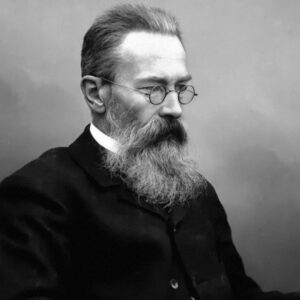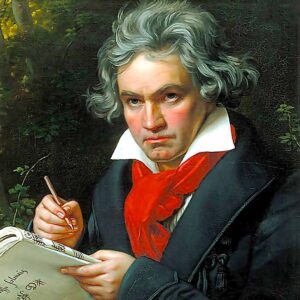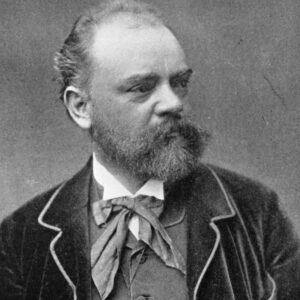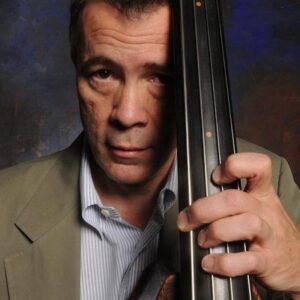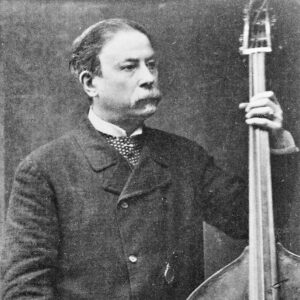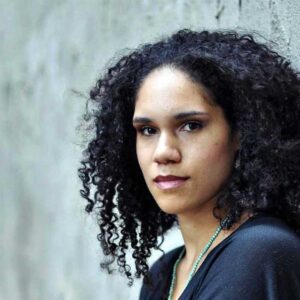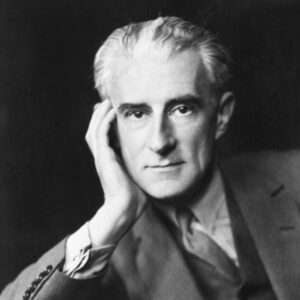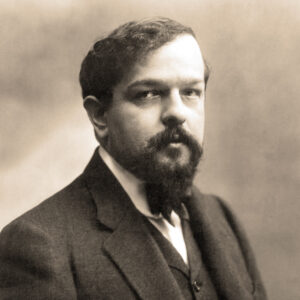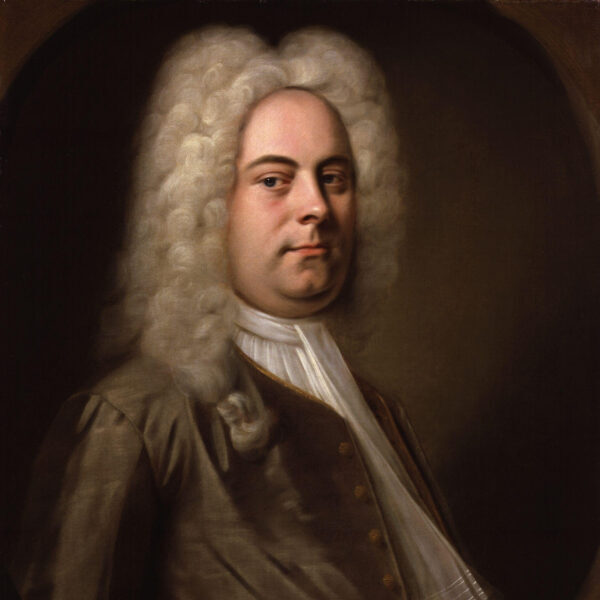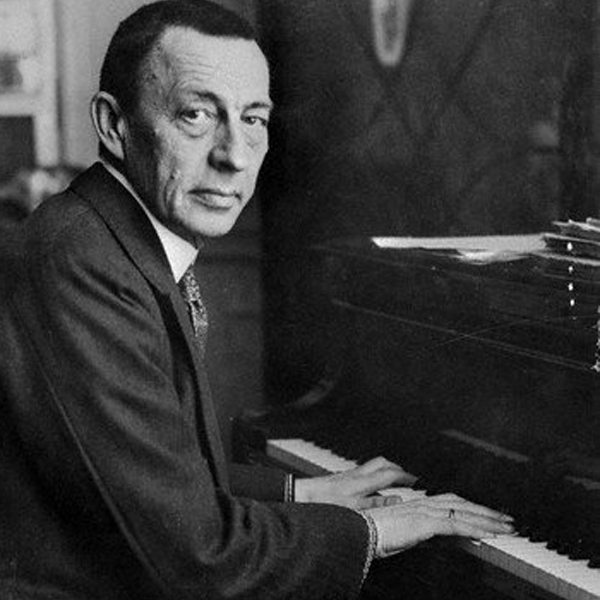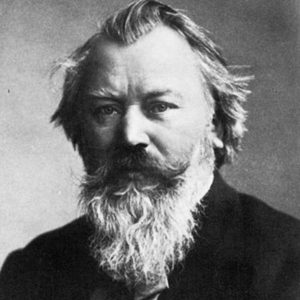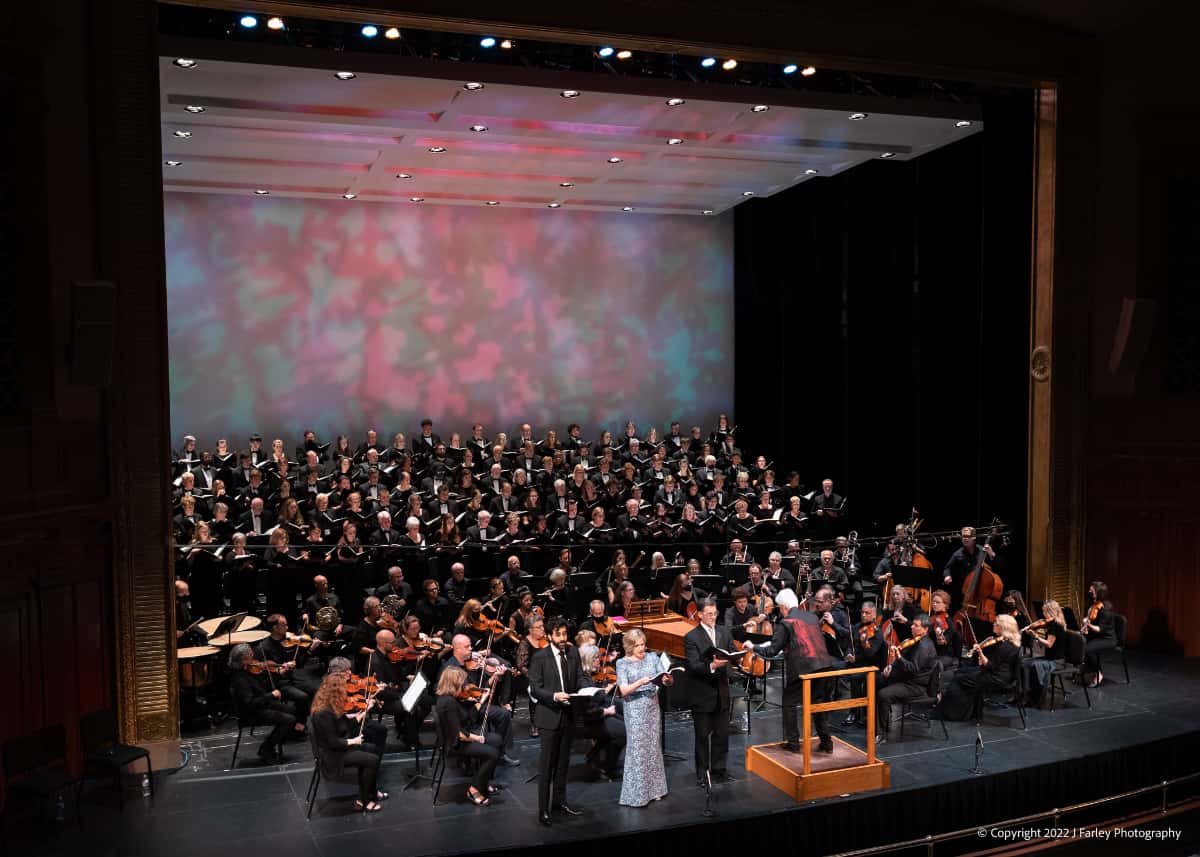
Frequently Asked…
Whether you’ve never been to the Symphony or you’ve been many times, everybody has questions. We’re here to help!
Venue
We perform regularly at several venues throughout Winston-Salem. A map with a link to Google directions is provided on each concert’s individual page. Alternately, you may refer to our Locations and Parking page.
In accordance with the ADA, R.J. Reynolds Auditorium is fully accessible to our patrons with special needs. Please be sure to mention the need for ADA seating when purchasing concert tickets.
Ticketing
Individual concert tickets are available online, by phone, or in-person at the Symphony Box Office during Box Office Hours, beginning August 1 before the following season.
You can purchase subscriptions online, by phone at (336) 464.0145 or at the Symphony Box Office beginning mid-April before the following season.
Yes. The Winston-Salem Symphony has various discounts on subscription packages and single concert tickets. Some discounts apply to families, students, and groups. Other discounts benefit employees of our corporate sponsors.
Determining the best seat for you depends on your needs and personal preferences. Some people prefer the upper levels where there are sweeping views of the entire orchestra. Other patrons prefer to sit on the main floor to feel “closer” to the stage. If someone in your party has difficulty climbing stairs, you will want to sit in the main floor area. You may also want to sit on the main floor close to the stage, if your primary interest is seeing a particular guest artist up close. Our Box Office staff will be happy to assist you in selecting the perfect seats to ensure you have an exceptional concert experience.
No worries! Just email us at boxoffice@wssymphony.org or call the Symphony Box Office at (336) 464.0145 between 10AM-4PM Tuesdays through Fridays, leave a voicemail message and we will issue a reprint of your tickets to leave for pick up at the Will Call window before the performance. If you have a confirmed receipt of your ticket purchase, but did not receive the tickets via mail or email, you can always stop by the box office at the performance venue one hour before the start of the performance, and we will reissue your tickets at the door. Please come see us before the show, we don’t want you to miss out on a performance!
At the Performance
Come as you are! We’re not fussy and it’s our experience that patrons feel equally at home in everything from blue jeans to tuxedos. Some people enjoy dressing up and making a special night of it, and you can, too. Evening gowns and tuxedos are pretty rare unless you’ve bought tickets for a fancy gala — and if you have, you’ll know! Above all, be you, be comfortable, and enjoy the show!
It varies, but most orchestra concerts are about 90 minutes to two hours long, with an intermission at the halfway point. Very often there will be several pieces on the concert; but sometimes there is one single work, played straight-through. Each concert’s information page lists the anticipated duration of the show.
We ask that you plan to be in your seats 10 minutes prior to the performance. If you arrive after the performance begins, you’ll be seated by an usher at the first suitable pause.
It depends on the concert and on the age of your children. Many standard-length classical concerts are inappropriate for small children because they require an attention span that is difficult for youngsters to maintain. Most concerts also are held at night and stretch beyond “bedtime.”
Come to our Music Lovers’ Luncheons! For more information about Music Lovers Luncheons, please call the Symphony office. Our program notes are posted online shortly before each Classics performance, and we regularly post tidbits of program-related info on social media.
Absolutely! Plan to arrive 20 minutes before concert time, so you can find your seat, turn off your cell phone, take a look at your surroundings, absorb the atmosphere, and have time to glance through the program book too. You won’t be alone. Most concertgoers make a point of coming early to read the program notes, or just watch the orchestra warm up.
Rushing to your seat at the last minute doesn’t really give you enough time to get settled, so you may not fully enjoy the first piece on the program. And there’s another good reason to come early: Most concerts start absolutely on time, so this is not the occasion to which you would want to arrive “fashionably” late. If you’re late, you may end up listening from the lobby. If that happens, the usher will allow you inside during a suitable pause in the program, so your arrival won’t disturb other concertgoers.
At the beginning of the concert, the concertmaster will come onstage. The audience claps as a welcome, and as a sign of appreciation to all the musicians.
After the orchestra tunes, the conductor (and possibly a soloist) will come onstage. Everyone claps to welcome them, too. This is also a good moment to make sure your program is open, so you can see the names of the pieces that will be played and their order.
Then everything settles down and the music begins. Just listen and enjoy! The audience doesn’t usually applaud again until the end of the piece.
In most classical concerts — unlike jazz or pop — the audience never applauds during the music. They wait until the end of each piece, then let loose with their applause. But this can be a little tricky, because many pieces seem to end several times: in other words, they have several parts, or “movements.” These are listed in your program. When in doubt, wait until those around you begin to clap.
Everyone gets the urge to cough now and then. Worrying about disturbing your fellow listeners is a laudable impulse, but don’t let it ruin your enjoyment of the concert. Be sure to visit the water fountain in the lobby before the concert, and at intermission.
If you have a cold, take some cough medicine in advance and bring wax paper-wrapped or unwrapped-lozenges with you. During “Cold & Flu Season” the Symphony will even provide free cough drops in the lobby. Have a few out and ready when the music begins.
Allow yourself to become involved in listening to the music and in watching the performers. The more you are absorbed in what’s going on, the less likely you are to cough.
If you absolutely can’t restrain yourself, try to wait for the end of a movement. Or “bury” your cough in a loud passage of music. If this is impossible, and you feel a coughing fit coming on, it’s perfectly acceptable to quietly exit the concert hall. Don’t be embarrassed — your fellow listeners will probably appreciate your concern for their listening experience.
Silence it! The same goes for pagers and alarm watches. It’s a good idea to double-check in the few minutes before the concert begins, and again as intermission draws to a close. Better still, leave them at home if you can. Texting and tweeting can be very distracting for those around you, so please refrain! For doctors and emergency workers who are “on call” we request you set your pagers to the “silent alert” or vibrate setting.
Our intermissions are 15 minutes long, which gives you time to socialize with your companions, visit the facilities, or simply sit in your seat and read the program notes. Do whatever puts you in a good frame of mind to hear the second half of the concert.
About the Orchestra
A symphony orchestra is a collection of up to about 80 musicians who play instruments of four basic types:
Strings: violins (smallest, and highest in pitch), violas, cellos, and double basses (largest and lowest in pitch). These players sit in a semicircle directly in front of the conductor, and make up more than half the orchestra.
Woodwinds: flutes, oboes, clarinets, bassoons, and related instruments. These players sit a few rows back from the conductor, in the center of the orchestra.
Brasses: trumpets, horns, trombones, tubas, and similar instruments. These instruments are the loudest, so you’ll see them at the back of the orchestra.
Percussion: the drums, bells, and other fascinating paraphernalia that are struck, plucked, rubbed, etc. This includes the timpani (kettledrums), the harp, and, on occasion, the piano. Some works use lots of different percussion; others may have a single musician playing the timpani, or no percussion at all. The percussion section is also found at the back of the orchestra.
Just like basketball players taking shots and practicing moves before the game, musicians need to warm up their muscles and focus their concentration. This is fun to listen to and to watch. Some of them are working on the passages they need to polish up before the performance, with no regard for what anyone else is practicing.
The sound of each individual stringed instrument is softer than a brass or a woodwind instrument. But in large numbers, they make a magnificent, rich sonority.
The concertmaster sits in the first chair of the first violins. She acts as leader of that section, but also plays a leadership role with orchestra as a whole. She is also the last orchestra musician to enter the stage before a concert, and cues the principal oboist to “tune” the orchestra.
The penetrating tone of the oboe is easy for all players to hear, and its ability to sustain pitch is very secure. The principal oboist plays the note “A,” and all the players make sure their “A” is exactly on the same pitch as the oboe’s. This ensures that they all are in agreement about the tuning before the concert starts.
Fewer stands mean that the musicians, who are moving around quite a bit, have more room to play freely. Also, because the strings play more continuously than the other parts, their page turns can fall in inconvenient places where there should be no break in the music. Look closely and you’ll see that the player on the outside keeps playing, while the player on the inside briefly stops playing to turn the page.

